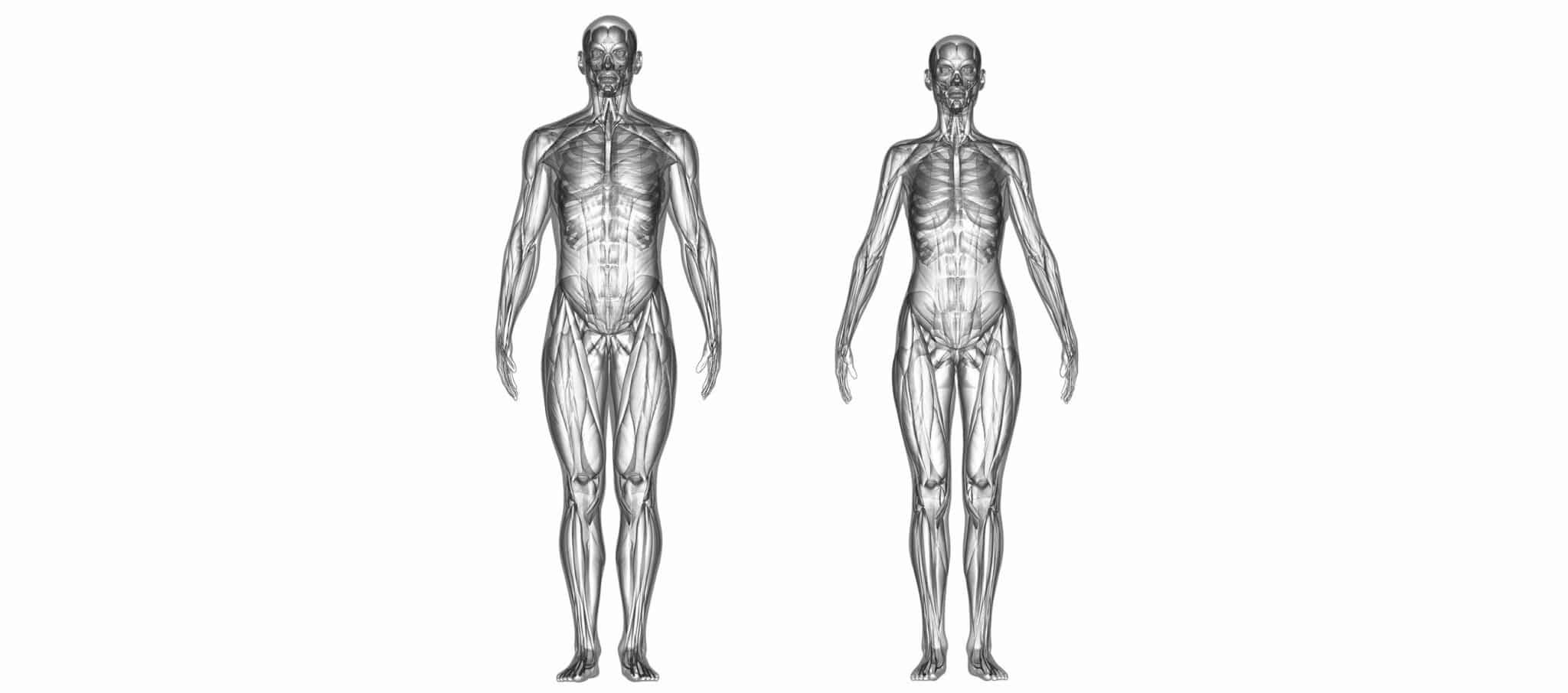What conditions can be treated with intratissue percutaneous electrolysis (EPI) ?
TENDONITIS
- Method of treatment EPI combined with specific eccentric stretching exercises (see box below).
- Expected benefits : decrease in pain, return to normal activity, resumption of sports activity.
Studies conducted on the subject
A study conducted on the treatment of knee tendonitis showed good long-term results.
- Context : conductedover a period of 10 years, the study concerned a cohort of 40 patients with varying degrees of knee tendonitis.
- Methodology : the treatment combined EPI sessions every two weeks (up to a maximum of 10 sessions) with a program of eccentric exercises twice a week.
- Results : this study demonstrated the rapid recovery of basic knee function (range of motion, no pain) and the resumption of a sports activity with no relapses in the long term for most of the patients followed.
Several other studies on knee and elbow tendonitis (or “tennis elbow”) have also shown a decrease in pain and improvement in function (ease, range of motion) in the patients treated.
MUSCLE INJURIES
- Method of treatment : EPI combined or not with specific eccentric stretching exercises.
- Expected benefits : resolution of the inflammatory process, tissue repair, return to normal activity and resumption of sport.
Studies conducted on the subject
A study conducted on the treatment of a pectoralis major muscle tear showed convincing short-term effects:
- Context : this study was conducted on a thirty-year-old athlete (gymnast) over a year.
- Methodology : the patient was treated once a week with EPI and eccentric stretching twice a week.
- Results : after EPI therapy the injured athlete recovered their previous level of mobility and sporting ability.
This study must however be validated over the long term to ensure there are no recurrences.
In addition, a study conducted on mice has shown that EPI could be used for the effective treatment of quadriceps damage. It boosts vascularization in the damaged tissue, thus acting affecting the inflammatory process. Further studies are however necessary to validate this approach in humans.
“What is eccentric stretching ?”
Eccentric muscle contraction is associated with stretching the muscle. It controls and slows movement, : for example, when we place our hand gently on a table, when we put our foot back on the floor after lifting our leg. Without this muscular retention, the hand or foot would fall suddenly.
Eccentric contraction is the opposite of concentric contraction, which causes the muscle to contract (and not stretch) and is used to pull an object towards you or lift it up, for example.
With EPI therapy, the strain on the muscle or tendon during eccentric stretching exercises promotesthe development, maturation and linkage of the collagen fibres torn as a result of the injury. This type of stretching therefore helps the regeneration process induced by EPI.
Main benefits of intratissue percutaneous electrolysis (EPI)
The expected benefits of EPI, combined or not with sessions of eccentric stretching, are:
- The localized treatment of the damaged area thanks to the use of ultrasound to guide the procedure.
- An immediate effect on the tissue regeneration process in the tendon, ligament or muscle treated
- Greater efficacy than other techniques and a low rate of relapse according to the studies published
Application of EPI
Caution: this method is not yet used or authorised in France !
Intratissue percutaneous electrolysis (EPI) was developed by the Spanish surgeon José Manuel Sánchez-Ibañez, who specialises in the treatment of sports injuries. It is not yet authorised in France, but is used in around forty countries, and the tennis player Raphael Nadal, for example, has been treated with this technique.
This is a promising technique for the future for treating tendonitis that does not respond to traditional treatment.

